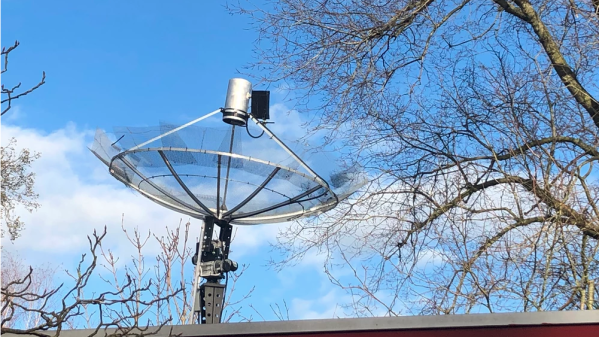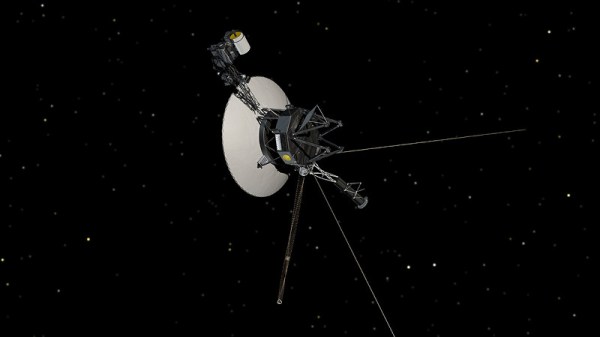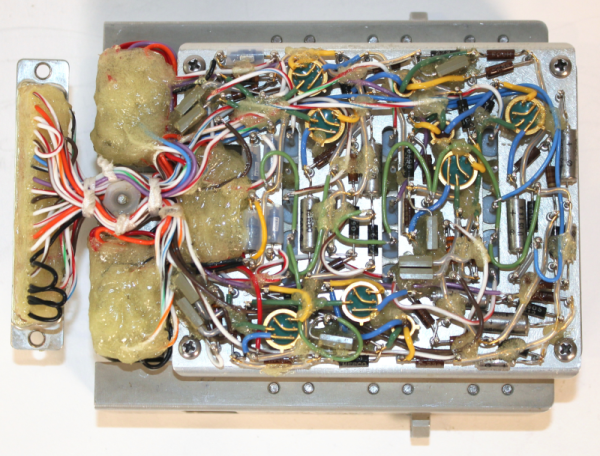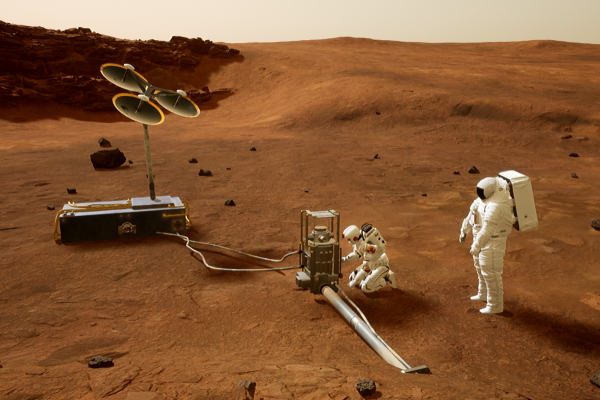How important is it to identify killer asteroids before they strike your planet? Ask any dinosaurs. Oh, wait… Granted you also need a way to redirect them, but interest in finding them has picked up lately including a new privately funded program called the Asteroid Institute.
Using an open-source cloud platform known as ADAM — Asteroid Discovery Analysis and Mapping — the program, affiliated with B612 program along with others including the University of Washington, has already discovered 104 new asteroids and plotted their orbits.
What’s interesting is that the Institute doesn’t acquire any images itself. Instead, it uses new techniques to search through existing optical records to identify previously unnoticed asteroids and compute their trajectories.
You have to wonder how many other data sets are floating around that hold unknown discoveries waiting for the right algorithm and computing power. Of course, once you find the next extinction asteroid, you have to decide what to do about it. Laser? Bomb? A gentle push at a distance? Or hope for an alien obelisk to produce a deflector ray? How would you do it?
NASA is experimenting with moving asteroids. If you want to find some on your own, you might want to check out the atlas of existing ones.


















